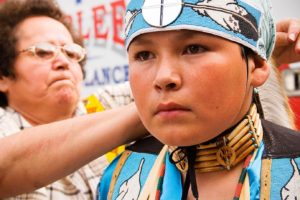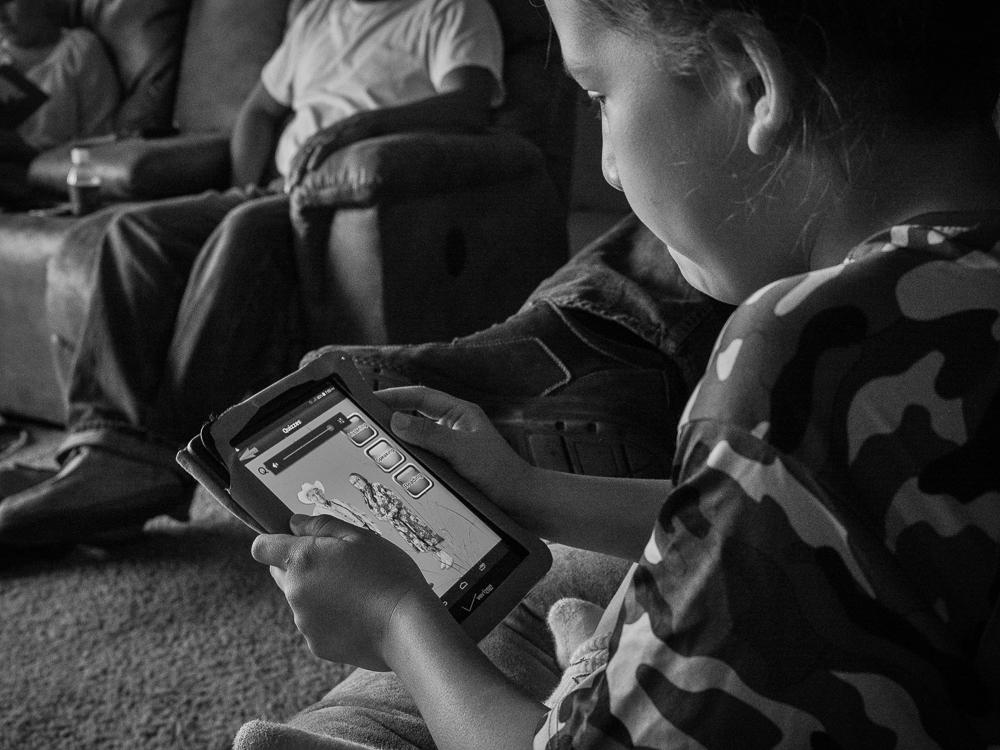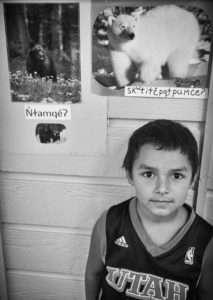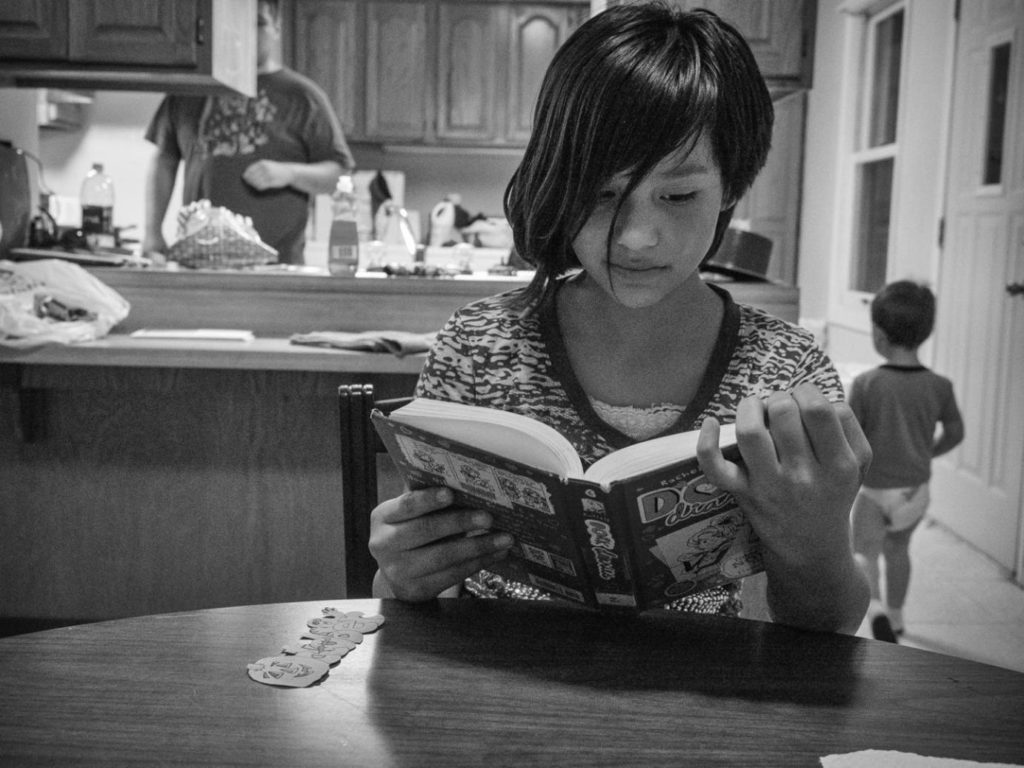

A new website that provides teaching resources about Native American history and contemporary life seeks to promote understanding about Native Americans by non-Natives. Everyday Native provides a variety of materials for educators, including ideas for class discussions, writing, research and community involvement. These materials may be particularly relevant for lessons celebrating California Native American Day on Sept. 28 and Native American Heritage Month in November.

Everyday Native was created to help build knowledge about Native Americans and dispel stereotypes created by movies, TV and the news media. The site invites teachers and students in grades 4-12 to learn about and reflect on Native American history and contemporary life, and is designed to enhance the study of subjects including language arts, U.S. history, social studies, photography, poetry and art. This resource is also intended to help heal racism by building bridges of understanding between non-Native and Native American youth.

“I realized that for most American children, what their Native American peers do every day on reservations is a mystery,” said Everyday Native founder Sue Reynolds. “What’s similar and what’s different between these two worlds? These questions led me to share what I had learned by creating a teacher’s resource with a positive message for youth.”
Using photographs that present aspects of Native American history, traditions and contemporary life, and poems by acclaimed Native American poet Victor Charlo, Everyday Native provides concepts and questions for discussion and interpretation by students. Reynolds hopes the site will help bridge the understanding gap between Native Americans and non-Natives, and create an America where everyone is valued for their unique voices and the cultures they embrace.
“Your leadership in using this educational resource helps students become members of the kind of new community we want for all our children,” she said. “Everyday Native is one important step in becoming true neighbors. As we share our own stories, non-Native and Native, we learn the truths from our shared local and national histories. We acknowledge the difficulties of our shared past. Then we move forward together.”

Photos by Sue Reynolds
The Discussion 0 comments Post a Comment